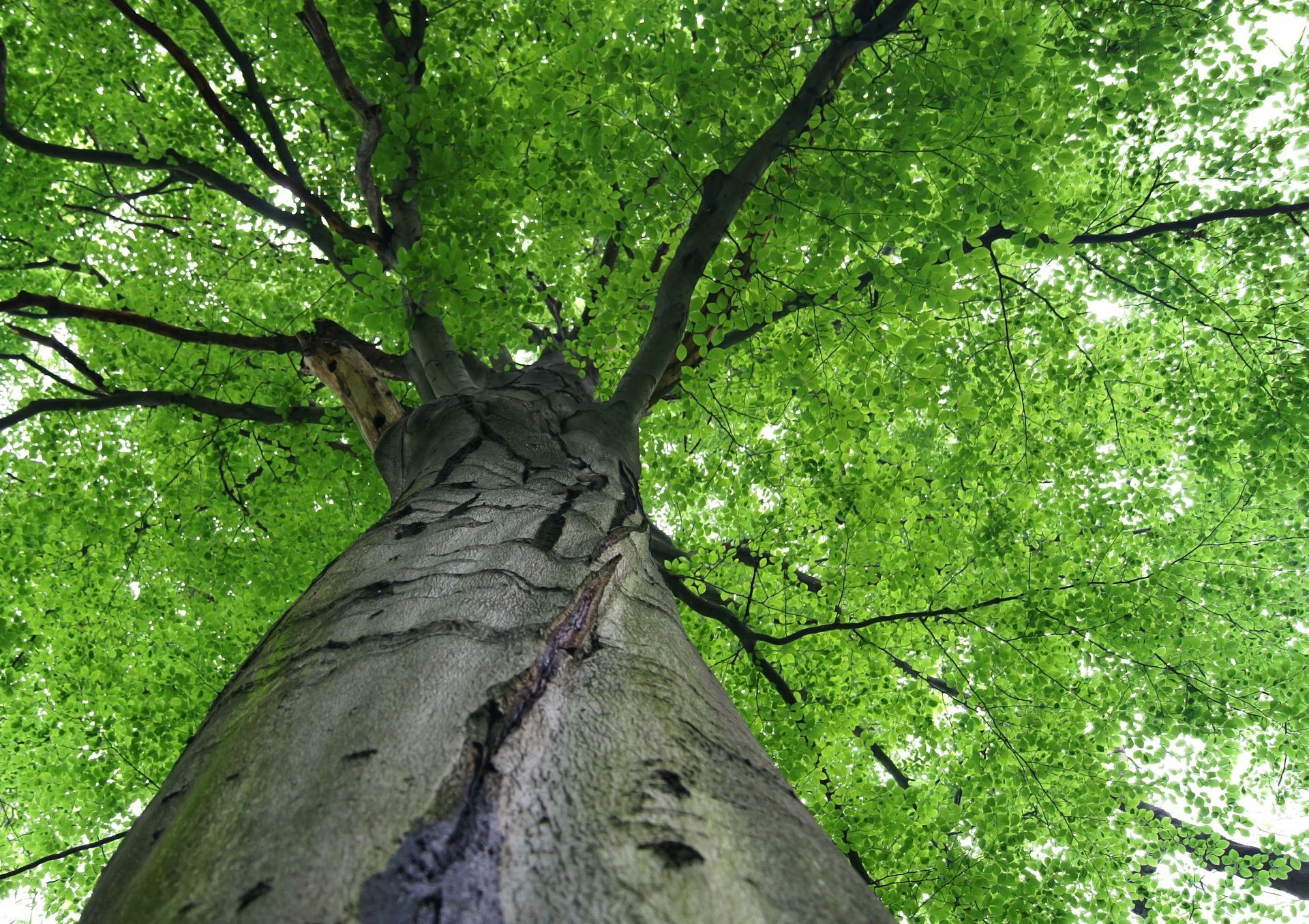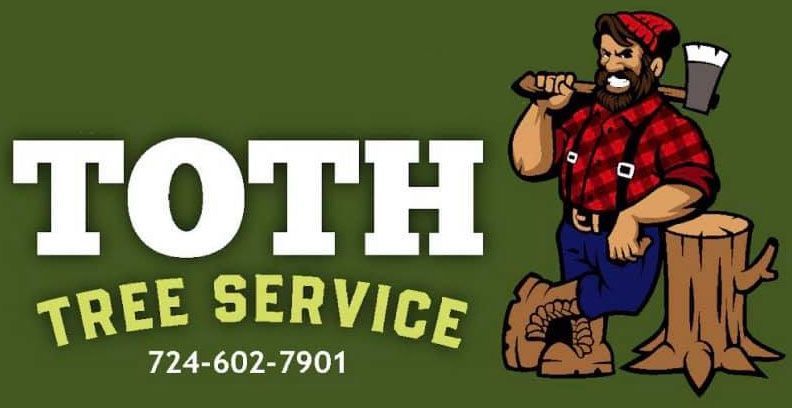November 3, 2025
Understanding the importance of tree maintenance and how expert commercial tree companies can provide valuable insights and techniques for optimal tree care and management. Trees are essential components of the environment, providing ecological benefits such as decreased air pollution, enhanced biodiversity, and soil stabilization. Proper tree maintenance goes a long way in safeguarding these advantages, while also promoting the health and longevity of the trees themselves. Expert commercial tree companies are equipped with the knowledge and tools necessary to deliver high-quality care that encourages lush foliage and robust structural integrity. In this article, we will explore various aspects of tree maintenance, drawing on expertise from commercial practitioners to offer comprehensive guidance on keeping trees healthy and thriving.
Tree Biology
To effectively maintain trees, it's crucial to first understand their basic anatomy. Trees consist primarily of roots, a trunk, branches, and leaves, each contributing to the tree's overall function and health. Roots anchor the tree and absorb water and nutrients from the soil, while the trunk provides support and transports these nutrients. Branches extend from the trunk, supporting leaves that capture sunlight. By comprehending the roles of these structures, individuals and companies can tailor maintenance practices to each tree's specific needs and growth habits.
Trees grow in distinct patterns influenced by various seasonal and environmental factors. Growth typically occurs during specific periods of the year, with many trees undergoing rapid expansion during spring and early summer. This growth can be affected by weather conditions, available nutrients, and even human intervention through practices like pruning. According to Today's Homeowner, it's not advisable to cut off more than one-third of a branch’s growth in one year, as it stresses the plant. Understanding these growth patterns allows for strategically timed maintenance activities that support healthy development.
Photosynthesis is a critical process by which trees convert sunlight into the energy needed for growth and survival. During photosynthesis, leaves absorb sunlight and carbon dioxide to produce glucose and oxygen, providing the tree with the necessary fuel. Nutrient absorption through the roots complements this energy conversion by supplying minerals and water from the soil. These combined processes underscore the importance of maintaining healthy foliage and soil conditions for optimal tree vitality. By ensuring balanced light exposure and nutrient-rich soil, tree maintenance practices can effectively bolster these life-sustaining mechanisms.
Tree Maintenance Practices
Pruning is a fundamental tree maintenance practice, aiming to refine tree structure and promote healthy growth. By removing dead or overgrown branches, pruning helps prevent disease spread and minimizes the risk of storm damage. Expert pruners understand the importance of timing, as well as the balance required not to prune excessively. The adage from Today's Homeowner advises against removing more than one-third of a branch's growth in a single year to avoid stressing the tree. Implementing these guidelines ensures enhanced structural integrity and aesthetic appeal.
Efficient watering is crucial for maintaining healthy trees, requiring thoughtful consideration of timing, quantity, and frequency. Trees need consistent hydration, especially during dry spells, but overwatering can lead to root rot. Experts advocate for deep, infrequent watering sessions that encourage deep root growth. Observing signs of water stress, such as wilting or discolored leaves, guides adjustments to watering routines. Each tree's size, species, and environmental context inform precise watering strategies, optimizing moisture availability without wastage.
Soil health is vital for supporting robust tree development, necessitating careful management techniques. Aeration improves soil structure, promoting root penetration and enhancing nutrient absorption. Fertilization is another key component, supplying essential minerals necessary for sustained growth. Selecting appropriate fertilizers that match the specific nutritional needs of different tree species fosters health and vitality. By prioritizing soil quality through these practices, commercial tree companies help ensure trees have a solid foundation for continued flourishing.
Disease and Pest Management
Tree diseases vary in severity and impact, making early identification vital for managing outbreaks. Symptoms such as leaf spots, cankers, or dieback often indicate underlying health issues. Diseases like Dutch elm disease or oak wilt can cause widespread tree mortality if not addressed promptly. Knowledgeable professionals are adept at diagnosing these conditions and applying targeted treatment plans. By accurately identifying disease symptoms, commercial tree companies can mitigate potential damage and maintain healthy tree populations.
Preventive strategies are essential in minimizing the risk and spread of tree diseases. Implementing cultural controls, such as proper sanitation and selecting resistant varieties, fortifies trees against pathogens. Regular sanitation practices, like cleaning tools and removing infected material, prevent contamination. Additionally, promoting biodiversity through mixed planting reduces the likelihood of disease transmission. These preventative measures form a robust defense, ensuring the preservation of valuable trees in commercial landscapes.
Pests pose significant threats to tree health, necessitating effective control measures tailored to specific infestations. Chemical treatments, though effective, require judicious application to minimize environmental impact. Natural alternatives, such as horticultural oils and insecticidal soaps, can provide pest control solutions with reduced toxicity. Combining multiple approaches, including mechanical removal or barrier methods, offers comprehensive protection. Effective pest management requires ongoing vigilance and adaptation to evolving pest populations and behaviors.
Advanced Tree Care Techniques
Cabling and bracing systems provide support for trees with structural weaknesses or high wind exposure risks. These systems consist of cables or rods installed in the canopy to redistribute stress and prevent limb failure. Proper installation requires precise calculations and an understanding of tree mechanics to ensure optimal support. Periodic inspections assess the integrity of these supports and determine necessary adjustments. Through careful use of cabling and bracing, commercial tree companies can bolster the stability of valuable or iconic trees.
Transplanting trees is a delicate process that involves relocating a tree from one site to another, requiring precision to preserve health. Successful transplants need careful planning, considering factors like timing, soil conditions, and root preparation. Preparing the new site with adequate soil structure and conditions is vital for facilitating transition and reducing shock. Expert techniques, including root pruning and ensuring appropriate moisture levels, enhance transplant success rates. By adhering to best practices, commercial tree companies achieve successful replanting with minimal adverse effects.
Safety Considerations in Tree Maintenance
Safety is paramount in tree maintenance, necessitating appropriate use of equipment during all activities. Chainsaws, pruners, and other tools must be handled with care to prevent injuries. Training on proper techniques and adherence to safety guidelines minimizes accident risks. Regular maintenance of equipment ensures operational safety and efficiency, further protecting workers. By emphasizing safe equipment use, commercial tree companies prioritize the well-being of their personnel and tree maintenance quality.
Tree climbing activities demand rigorous safety precautions to protect climbers from falls and other hazards. Utilizing proper climbing gear, such as harnesses and ropes, is essential for secure ascents and descents. Commercial tree companies frequently host training sessions to instill safe techniques and situational awareness. Regular inspection and maintenance of climbing equipment ensures reliability during operations. Adhering to climbing safety practices contributes to a secure work environment and successful maintenance activities.
Tree maintenance is a vital endeavor, ensuring the health, safety, and beauty of trees that enrich our environment. By understanding tree biology, adopting essential maintenance practices, and leveraging advanced techniques and technologies, tree care professionals can achieve remarkable outcomes. Investing in knowledgeable care not only preserves valuable natural resources but also supports ecological balance and community well-being. As we continue to appreciate the importance of trees, implementing these insights will create healthier, more sustainable landscapes for generations to come. For a commercial tree company you can count on, contact Toth Tree Services LLC today.

